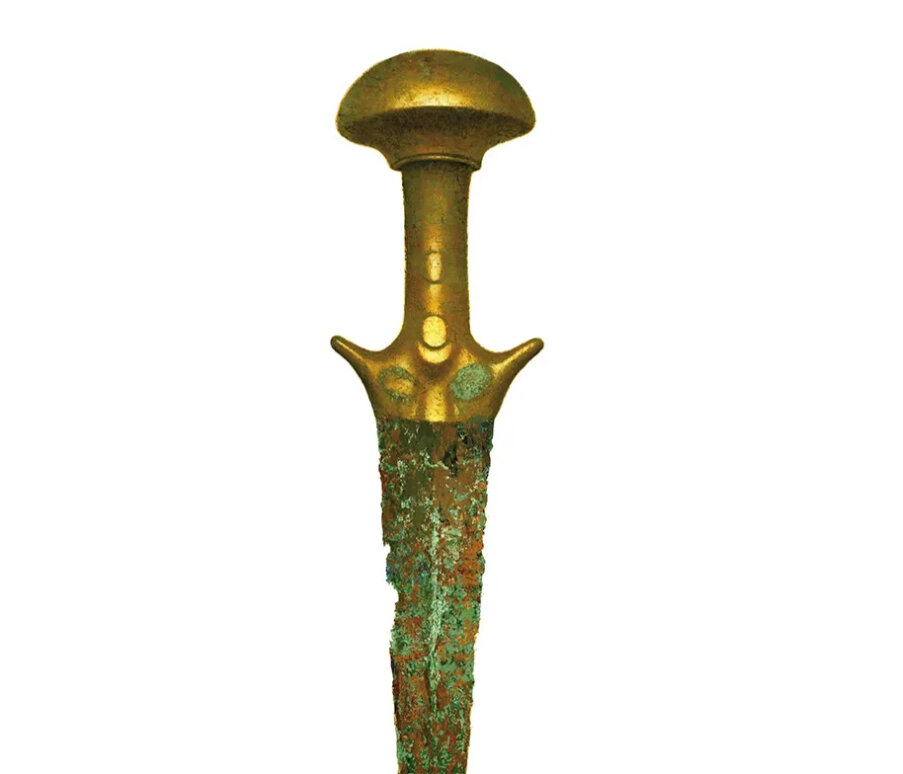A schoolgirl who discovered a 6,000-year-old Neolithic axe head during a dog walk has been praised by experts. At a National Trust property in Surrey, Evie Numan picked up the object, mistaking it for a pebble.
However, it was discovered to be an entire flint axe head, which might be worth up to $1,000. Experts hailed Evie for a "outstanding find" when mum Gemma Morris, 34, approached them.
She also made a joke about her 10-year-old daughter's possible reluctance to part with her prize. 'Evie was really pleased to find it, she's into all that stuff anyhow, and she loves history so she couldn't believe it,' said Gemma, a civil servant from Atwood, Surrey.
"The archaeologist praised the discovery and referred to it as a once-in-a-lifetime find. He claimed it was a work of museum quality, thus the National Trust will probably want it. I don't believe she'll want to part with it lightly when they ask for it back."
When the discovery was made, Gemma was out on a dog walk at Harewoods in Redhill, Surrey, with Evie and Poppy, her five-year-old sister. The mother advised they take the rock home so they could investigate the strange symbols on it right away.
They soon discovered it appeared to be an old axe head when Evie looked up more information online. Then they took the object to the Surrey Archaeological Society, where their hypothesis was validated and they learned the astonishing age of the unusual object: 6,000 years.
A "complete flint axe head" that has been "partially polished" is what the find is described as according to the entry on the Portable Antiquities Scheme website, which is administered by the British Museum. The family is waiting to learn what the National Trust wants to do with the axe head, which Gemma estimates to be worth over £1,000 and was discovered on its grounds.
My children are constantly searching the floor for objects, said Gemma. "Evie ran up to us as we were exploring Harewoods and handed me this rock, saying, "I've found something interesting.
"As soon as she presented it to me, I thought 'hang onto that' since it had chisel markings. I sent some photos to the Surrey Archaeological Society and took it to the Surrey History Center since I thought we had discovered something interesting.




















